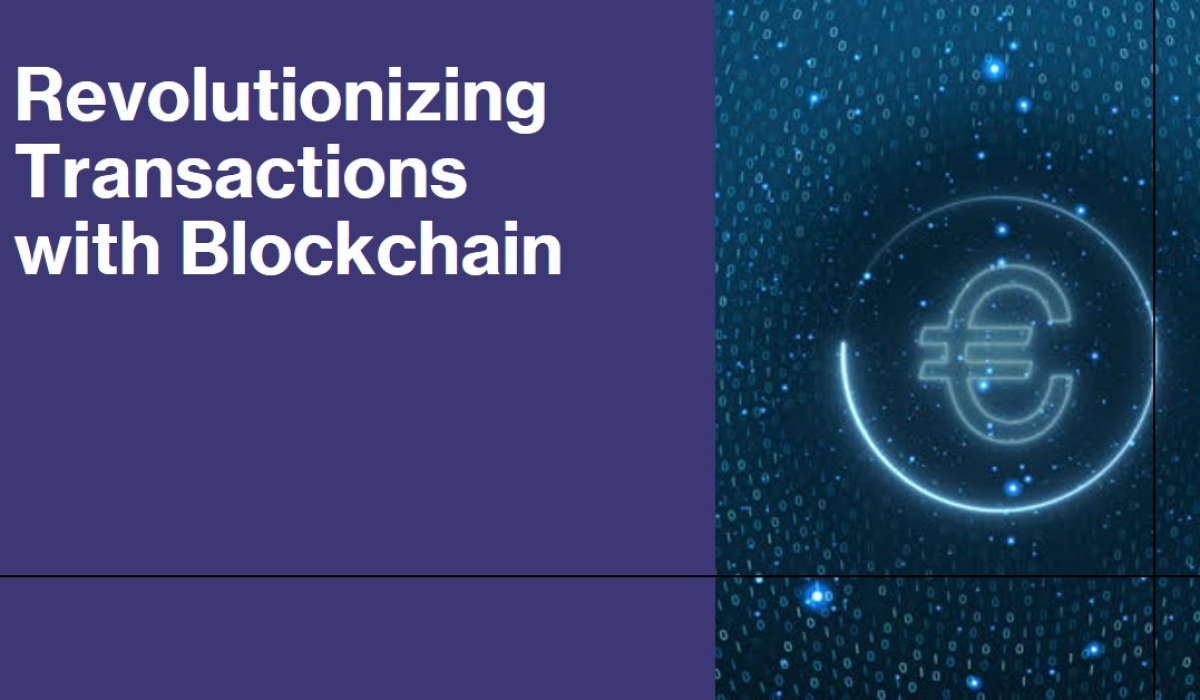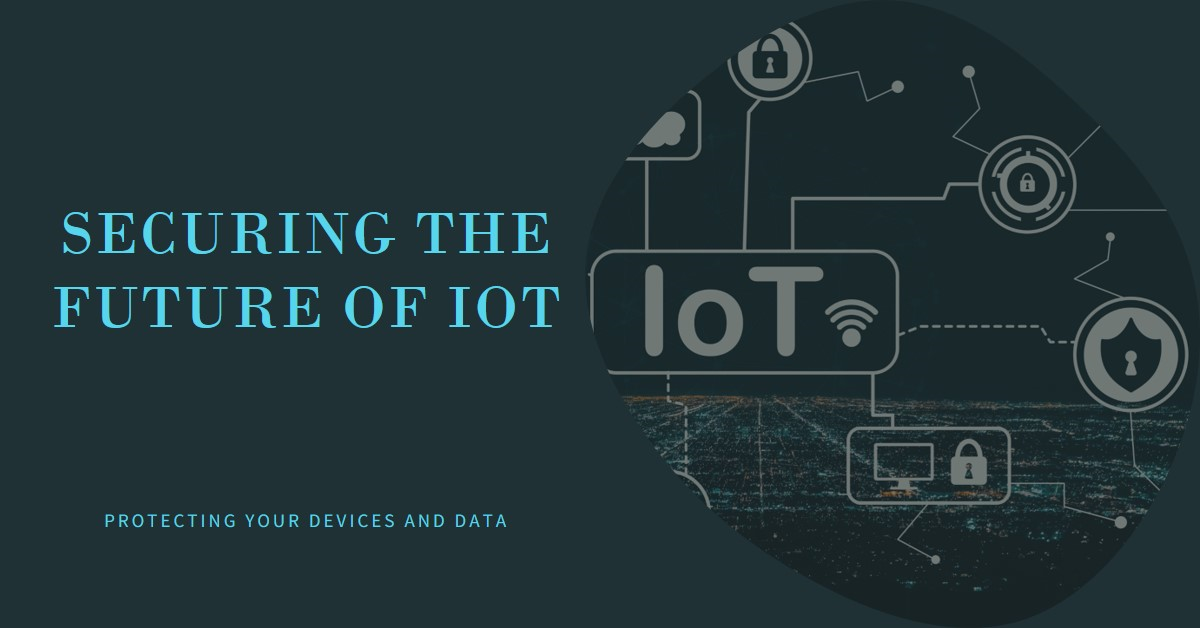Blockchain technology has emerged as a game-changer in the realm of security, particularly for transactions. At its core, blockchain is a decentralized digital ledger that records transactions across a vast network of computers. Imagine a shared record book, constantly growing with new entries, where each entry is securely linked to the ones before and after it. This fosters a system of unparalleled transparency and trust.
Secure transactions are fundamental across various sectors. In finance, they safeguard sensitive data like account details and prevent fraudulent activities. In supply chains, they ensure the authenticity and origin of products, combating counterfeiting. Even voting systems can benefit from blockchain’s security features, minimizing the risk of manipulation. By providing a tamper-proof and transparent record of transactions, blockchain empowers users with a new level of confidence and security.
Decentralization, Cryptography, and Consensus
Blockchain’s robust security hinges on several key concepts:
- Decentralized Ledgers: Unlike traditional databases controlled by a single entity, a blockchain is distributed across a network of computers (nodes). Each node maintains a complete copy of the entire transaction history. This eliminates a central point of vulnerability and ensures data integrity – if someone attempts to tamper with a record in one copy, the inconsistency will be immediately flagged by the network.
- Cryptographic Hashing: Every transaction on a blockchain is bundled into a “block.” Each block contains not only the transaction data but also a unique cryptographic hash – a complex mathematical code generated from the block’s content. Any alteration to the data within the block will result in a completely different hash, instantly alerting the network to a potential tampering attempt. This creates a chain reaction, as subsequent blocks also reference the previous block’s hash, making alterations virtually undetectable.
- Consensus Mechanisms: To ensure agreement on the validity of transactions and the order in which they are added to the blockchain, a consensus mechanism is employed. Different blockchains utilize varying methods, such as:
- Proof of Work (PoW): This is the mechanism used by Bitcoin. Miners compete to solve complex mathematical puzzles, and the winner gets to add the next block to the chain. This process requires significant computing power, making tampering with the chain very difficult.
- Proof of Stake (PoS): Instead of computing power, validators on a PoS network use their existing cryptocurrency holdings as a stake. This reduces energy consumption compared to PoW while still maintaining security.
These features, working in tandem, contribute to the core strengths of blockchain security:
- Immutability: Once a block is added to the blockchain, its data cannot be changed without altering all subsequent blocks and gaining consensus from the entire network – a near-impossible feat. This ensures a permanent and verifiable record of transactions.
- Transparency: All participants in the network have access to the entire transaction history, fostering trust and accountability. This transparency discourages fraudulent activities as any attempt to manipulate the ledger would be readily apparent.
Why Blockchain is Secure:
Blockchain’s security prowess stems from a powerful combination of three key features: decentralization, cryptography, and consensus mechanisms. Let’s delve deeper into each aspect:
1. Decentralization: Eliminating the Single Point of Failure
Traditional systems often store data on a central server, creating a single point of vulnerability. If a hacker breaches this server, they can potentially access or alter all the information. Blockchain dismantles this centralized model. Here’s how it bolsters security:
- Distributed Ledger: Information is not held on a single server but distributed across a vast network of computers (nodes). Each node maintains a complete copy of the entire blockchain.
- Tamper Evident: If a bad actor attempts to modify data on one node, the discrepancy will be immediately flagged by the network due to the inconsistencies with other copies. This makes tampering highly conspicuous and nearly impossible to achieve without compromising the entire network.
2. Cryptography: Guarding Data with Encryption
Blockchain encrypts data using cryptography, adding an extra layer of security:
- Cryptographic Hashing: Each transaction on the blockchain is bundled into a block. This block contains not only the transaction data but also a unique cryptographic hash – a complex mathematical code derived from the block’s content.
- Tamper Detection: Any alteration to the data within the block will result in a completely different hash, instantly alerting the network. This creates a chain reaction as subsequent blocks also reference the previous block’s hash, making alterations highly detectable.
3. Consensus: Building Trust Through Agreement
For a blockchain to function effectively, there needs to be agreement among participants on the validity of transactions and the order in which they are added to the ledger. Here’s where consensus mechanisms come in:
- Shared Responsibility: Consensus mechanisms ensure that all participants in the network agree on the state of the blockchain. This eliminates the possibility of a single entity manipulating the record.
- Different Methods: Various blockchain networks utilize different consensus mechanisms, such as:
- Proof of Work (PoW): Miners compete to solve complex puzzles to validate transactions and add blocks. This process requires significant computing power, making it very difficult for a malicious actor to gain control of the network.
- Proof of Stake (PoS): Validators use their existing cryptocurrency holdings as a stake to validate transactions. This reduces energy consumption compared to PoW while still maintaining security through distributed validation.
By combining these features, blockchain creates a secure and transparent environment:
- Decentralization and consensus mechanisms prevent a single point of failure and ensure trust among participants.
- Cryptography safeguards the data itself, making it extremely difficult to tamper with.
Real-World Applications of Secure Blockchain Technology
While cryptocurrencies like Bitcoin and Ethereum are well-known examples leveraging blockchain, the technology’s secure nature extends far beyond financial transactions. Here are some real-world applications that demonstrate the power of blockchain security:
- Supply Chain Management: Companies can track the movement of goods from origin to destination with pinpoint accuracy. Blockchain creates an immutable record, ensuring the authenticity and provenance of products, making it ideal for combating counterfeiting in industries like pharmaceuticals and luxury goods.
- Healthcare: Securely storing and sharing patient medical records is crucial. Blockchain can empower patients with control over their data while allowing authorized healthcare providers secure access. This fosters transparency and improves patient care coordination.
- Voting Systems: Blockchain’s tamper-proof nature can bolster the integrity of elections. By creating a secure and auditable record of votes, it can minimize the risk of fraud and manipulation, leading to increased trust in the democratic process.
- Intellectual Property Protection: Protecting copyrights, patents, and trademarks can be challenging. Blockchain can provide a secure and verifiable record of ownership for creative works, streamlining the process and deterring piracy.
Secure Transactions with Blockchain: Revolutionizing Finance, Supply Chains, and Identity Management
Blockchain technology is revolutionizing the way we conduct transactions, offering unparalleled security, transparency, and efficiency. Let’s delve into how blockchain secures transactions across various sectors, using relevant keywords and tags for search optimization and social media reach.
1. Financial Transactions: Secure Payments, Reduced Fraud, Enhanced Transparency (#securetransactions, #blockchainsecurity, #cryptocurrency)
In the financial world, blockchain acts as a secure and transparent ledger for transactions, addressing longstanding challenges:
- Secure Payments: Traditional financial systems rely on intermediaries, increasing the risk of fraud. Blockchain eliminates this by facilitating peer-to-peer transactions directly between parties. Secure encryption safeguards sensitive financial data, and the decentralized nature prevents unauthorized access.
- Reduced Fraud: The immutable nature of blockchain makes it nearly impossible to alter transaction records. This deters fraudulent activities like double-spending, where the same digital asset is used for multiple purchases.
- Enhanced Transparency: All participants in a blockchain network can access a complete record of transactions. This transparency fosters accountability and reduces errors in financial processes.
2. Supply Chain: Tracking Goods, Verifying Authenticity, Preventing Counterfeiting (#blockchain, #security)
Blockchain revolutionizes supply chain management by offering a secure and traceable record of goods:
- Tracking Goods: Each stage of a product’s journey, from origin to final destination, can be documented on the blockchain. This real-time tracking improves efficiency and allows for better inventory management.
- Verifying Authenticity: Consumers can gain confidence in the products they purchase. By using blockchain, companies can create a tamper-proof record of a product’s origin and composition, making it easy to identify counterfeits.
- Preventing Counterfeiting: The transparency and immutability of blockchain make it virtually impossible to introduce fake products into the supply chain. This protects consumers and brands alike.
3. Identity Management: Secure Verification Using Blockchain
Traditional identity management systems are vulnerable to breaches and identity theft. Blockchain offers a more secure alternative:
- Secure Verification: Individuals can store their identity information on a blockchain, granting access only to authorized parties. This eliminates the risk of centralized data breaches and empowers users with control over their data.





